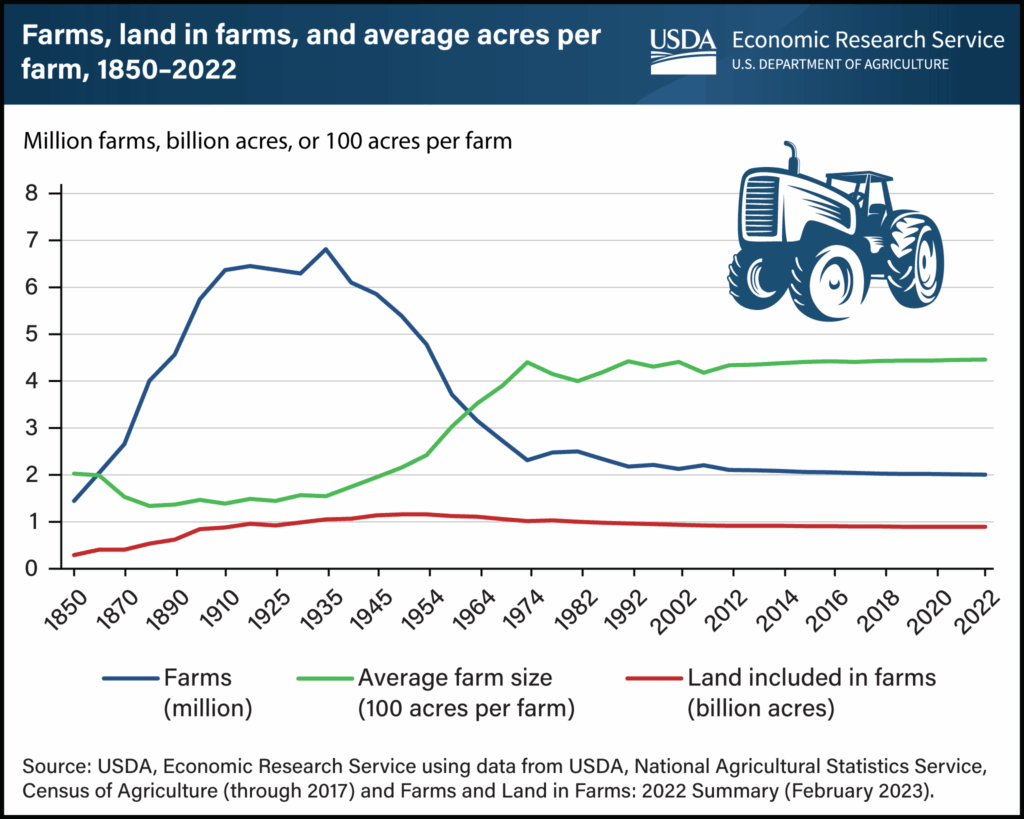Robert F. Kennedy Jr., the U.S. Secretary of Health and Human Services (HHS), wants to “reverse 80 years of farming policy” by ending America’s reliance on factory farming, including industrial-scale meat production. Critics such as Jessica Scott-Reid of Sentient Media have dismissed RFK Jr.’s goals as unrealistic, but Go Natural Education encourages you to decide for yourself.
What is the main issue with the HHS Secretary’s goals? Scott-Reid says its because “Americans would have to eat much less meat”. In terms of annual consumption, she’s right. In 1945, the average American consumed 113 lbs. of meat per year. Today, it’s nearly twice that amount at 230 lbs. But could small scale farms meet this current demand? Let’s look at some numbers.
In 1946, the U.S. produced 23 billion pounds of meat. Back then, there were under 6 million farms, and they had an average size of less than 200 acres. Today, there are only 2 million farms, but they have an average size of 464 acres. Though fewer in number, these larger farms produced 107.54 billion pounds of meat in 2024. That’s almost five times more than in 1946!
Now let’s consider meat production per acre. Back in 1946, U.S. farmland spanned a total of 1.2-billion acres. In a nation that produced 23 billion lbs. of meat, the smaller farms of that era produced over 19 lbs. of meat per acre. Today, America’s farms span 928-million acres. They’re larger in size and produce about 115 lbs. of meat per acre. That’s over five times more than in 1946!
Today’s larger farms are clearly more productive, but is it their size alone that explains this difference? No. Concentrated animal feeding operations (CAFOs) are large, but they also contain more animals per acre than small-scale operations, which often raise grass-fed beef and free-range poultry. CAFOs also feed animals so that they’ll rapidly gain weight. In addition, they administer antibiotics.
It’s not the size of the average farm or America’s total farmland acreage that determines total meat production. Both are key factors but viewing them in isolation provides an incomplete picture. It’s also essential to consider a farm’s agricultural practices, and to understand that some practices that support increased meat production (such as using antibiotics) are not advancing human health.
Isn’t that the point of what RFK Jr. wants to achieve?

